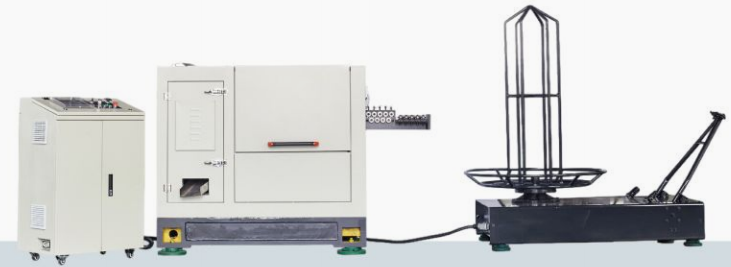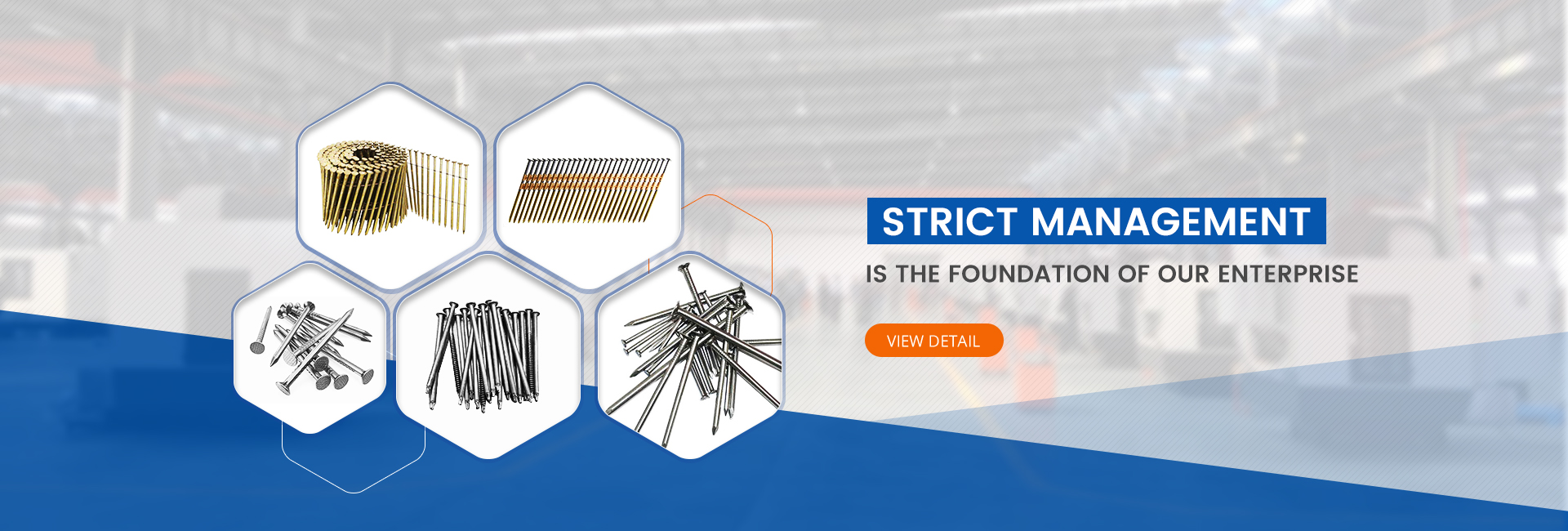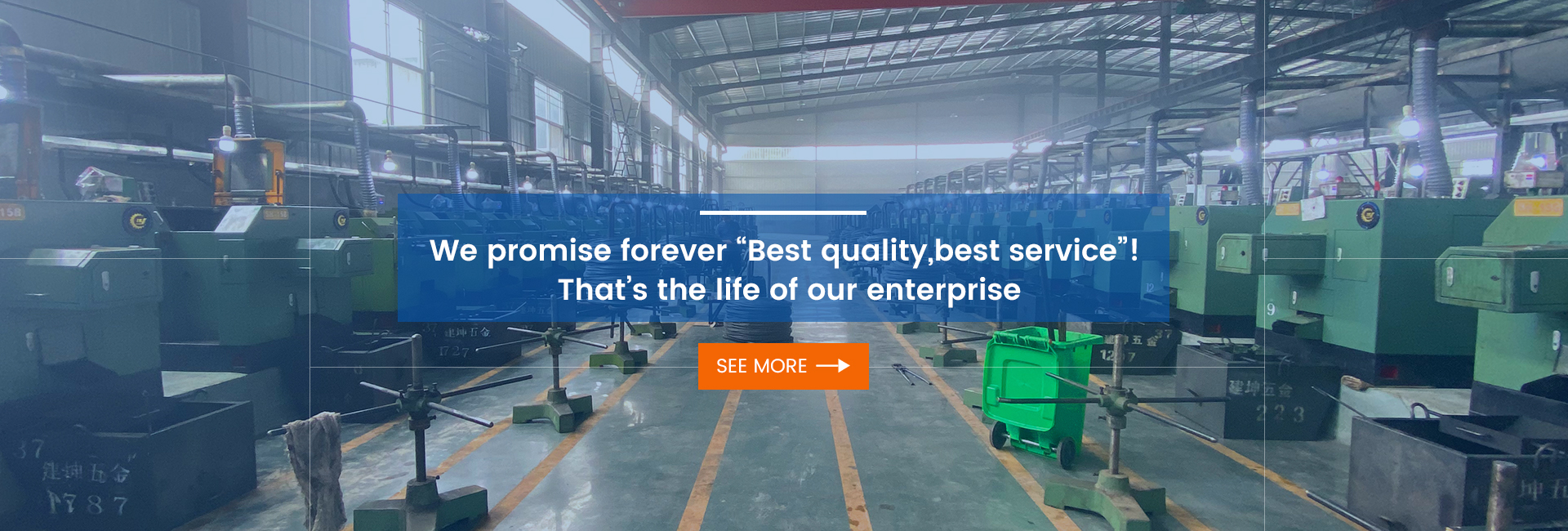Nail-making machines are specialized mechanical devices used to produce various types of nails, playing a crucial role in industries such as construction, manufacturing, and carpentry. With the advancement of industrialization and the acceleration of global infrastructure development, the demand for nail-making machines and their technological evolution has entered a new phase.
1. Working Principle of Nail-Making Machines
The core function of a nail-making machine is to transform steel wire or other metal wires into finished nails through a series of processing steps. The basic workflow includes wire drawing, cutting, forming, heading, and pointing. First, the raw material is drawn to the desired diameter and then cut to the appropriate length. The machine then uses pressure to shape the nail’s head and tip. This process is fast and precise; typically, a nail-making machine can produce hundreds of nails per minute.
2. Technological Advances in Modern Nail-Making Machines
In recent years, the performance of nail-making machines has significantly improved with the development of automation and intelligent manufacturing technologies. Modern nail-making machines are often equipped with CNC systems, allowing for precise control of parameters such as nail length, diameter, and shape. Additionally, the introduction of automated equipment has greatly increased production efficiency and reduced reliance on manual operations. These advanced technologies enable nail-making machines to meet the demands of large-scale production while ensuring product quality.
3. Environmental Protection and Energy Efficiency
Given the increasingly stringent environmental requirements, the design of nail-making machines is becoming more focused on energy efficiency and environmental protection. New nail-making machines often use more energy-efficient motors and control systems to reduce energy consumption. At the same time, manufacturers are continuously improving waste recycling and reuse technologies in the nail-making process to minimize waste and pollution during production.
4. Market Demand and Prospects
With the recovery of the global construction industry and the continued growth of the furniture manufacturing sector, the market demand for nail-making machines remains strong. Furthermore, the accelerated industrialization in many developing countries is further driving demand for these machines. In the future, as building materials diversify and construction standards rise, nail-making machines will need to continuously adapt to new market demands by producing more diverse and higher-quality nail products.
Conclusion
As the core equipment in nail production, the technological development and market demand for nail-making machines directly impact the overall development of the nail industry. Driven by trends in automation, intelligence, and environmental protection, nail-making machines will continue to play an irreplaceable role, providing a foundational guarantee for the construction and development of various global industries. With ongoing technological advancements and diversified market demands, the nail-making machine industry has a promising future worth anticipating.

Post time: Aug-14-2024



